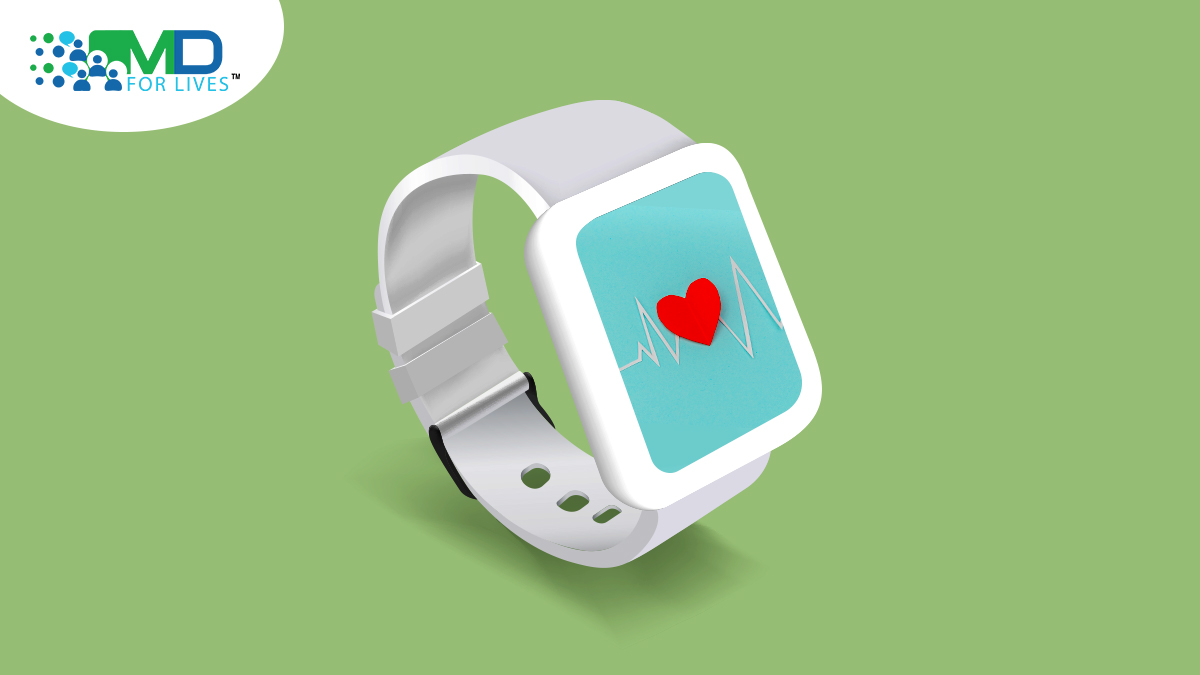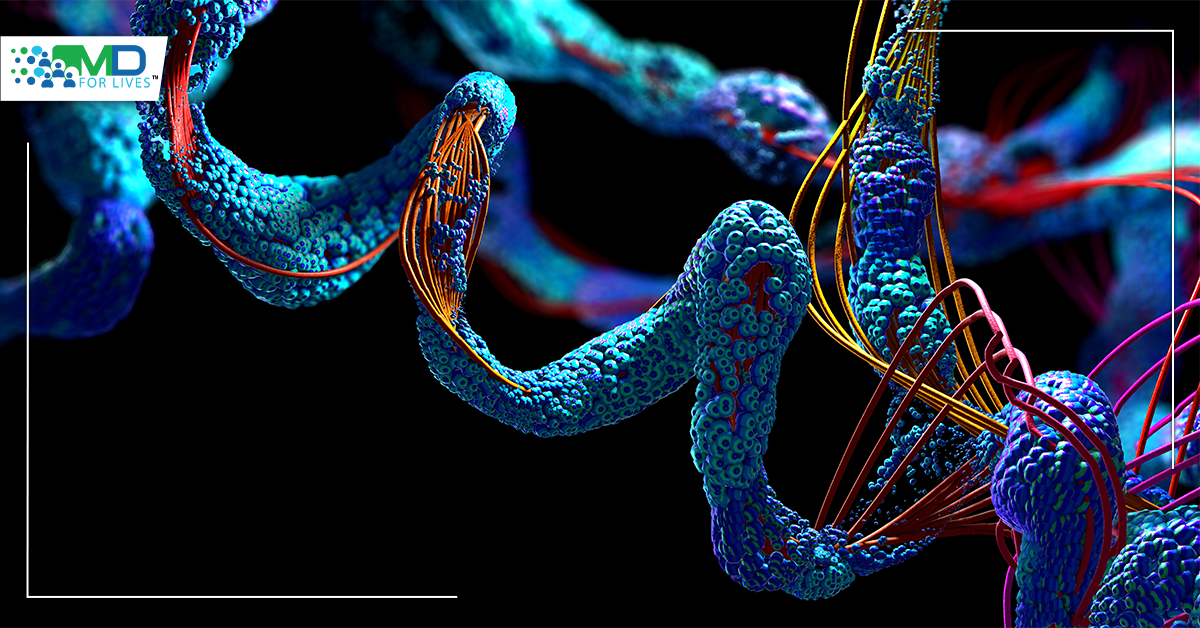Smartwatches have been gaining increased popularity over recent years, with annual sales of several hundred million units worldwide. Among the various different technological features of these devices, they are claimed to have the capacity to record the heart rhythm. Additionally, they have the capacity to differentiate between regular and irregular heart rhythms via built-in algorithms. This presents a potential area of interest in the field of preventative medicine within the cardiology sector. In fact, most clinical trials available have been performed in an attempt to determine the sensitivity and specificity of smartwatches in the detection of Atrial Fibrillation (AF) and atrial flutter. Furthermore, promising estimations of Positive Predictive Values (PPV) and Negative Predictive Values (NPV) are available in the literature for most commercial products that carry this technology.
The use of Photoplethysmography (PPG) involves sensors that detect changes in the light reflection in arteries proximal to the skin. Its effectiveness in detecting sinus rhythm is high in both medical as well as commercial-grade devices (1),(2). Several studies have also assessed PPG efficacy in detecting AF and atrial flutter with highly encouraging results. Recently, the Apple watch trial (3) evaluated data from 419,297 subjects in a prospective, single-arm, open-label manner. The authors reported a PPV for overall paroxysmal arrhythmias, including AF, of 71% for single tachograms (data reported by the Apple watch) and a PPV of 84% when five consecutive tachograms were obtained. While it could be argued that this trial had several limitations, this is a clear demonstration that these devices offer some diagnostic value. The extent of that value remains to be determined.
Studies on Smartwatches detecting Atrial Fibrillation
There are several other clinical trials assessing various different brands of smartwatches. A study published by Raja et al (4) provides a concise review of the available evidence as of June 1st, 2019. All different available products provide favorable PPVs and NPVs for AF. What is consistent throughout the literature is that these values are lower than the gold standard for diagnosis, namely the cardiology specialist reviewing an EKG. While technology has evolved significantly, we are still quite far from super ceding that. What these devices can clearly offer is a valuable tool for screening purposes.
With an estimated 700,000 people with undiagnosed AF in the US alone (5), a screening tool with a proven track record in detecting acute events would be of high benefit. This is particularly true since AF is diagnosed for the first time in 18% of patients admitted into a hospital for stroke (6). While the value of an effective screening method would ultimately result in the prompt and more time-efficient management of this condition, it should be taken into consideration that incorporating such methods for disease prevention is going to, at least initially, create an added burden to any health care system. This inevitably includes unwarranted physician visits due to false-positive readings. In the Apple watch trial, the PPV was reported to be at 84%. That still implies that a large number of people would end up getting specialist consultation as part of a false alarm.
While it is safe to speculate that the effectiveness of smartwatches in detecting AF will substantially improve in the near future, a question is raised with regards to whether our health care systems are prepared to handle these developments. When taking into consideration that noninvasive technologies are already showing promising results in measuring blood glucose levels (7), it is very likely that we will be able to obtain accurate and definitive diagnoses originating from these devices in the near future. The medical community will soon be asked to embrace these technologies as a means of improving the health care services we offer to our patients.

References
- Koshy AN, Sajeev JK, Nerlekar N, et al. Utility of photoplethysmography for heart rate estimation among inpatients. Intern Med J 2018;48:587-91.
- Koshy AN, Sajeev JK, Nerlekar N, et al. Smartwatches for heart rate assessment in atrial arrhythmias. Int J Cardiol 2018;266:124-7.
- Turakhia MP, Desai M, Hedlin H, et al. Rationale and design of a large-scale, app-based study to identify cardiac arrhythmias using a smartwatch: The Apple Heart Study. Am Heart J 2019;207:66-75.
- Raja JM, Elsakr C, Roman S, Cave B, Pour-Ghaz I, Nanda A, Maturana M, Khouzam RN. Apple Watch, Wearables, and Heart Rhythm: where do we stand? Ann Transl Med 2019;7(17):417. doi: 10.21037/atm.2019.06.79.
- Turakhia MP, Shafrin J, Bognar K, et al. Estimated prevalence of undiagnosed atrial fibrillation in the United States. PLoS One 2018;13:e0195088.
- Lin HJ, Wolf PA, Benjamin EJ, et al. Newly diagnosed atrial fibrillation and acute stroke. The Framingham Study. Stroke 1995;26:1527-30.
- Zilberstein G, Zilberstein R, Maor U, Righetti PG. Noninvasive wearable sensor for indirect glucometry Electrophoresis. 2018 Sep;39(18):2344-2350. doi: 10.1002/elps.201700424. Epub 2018 Apr 30.






